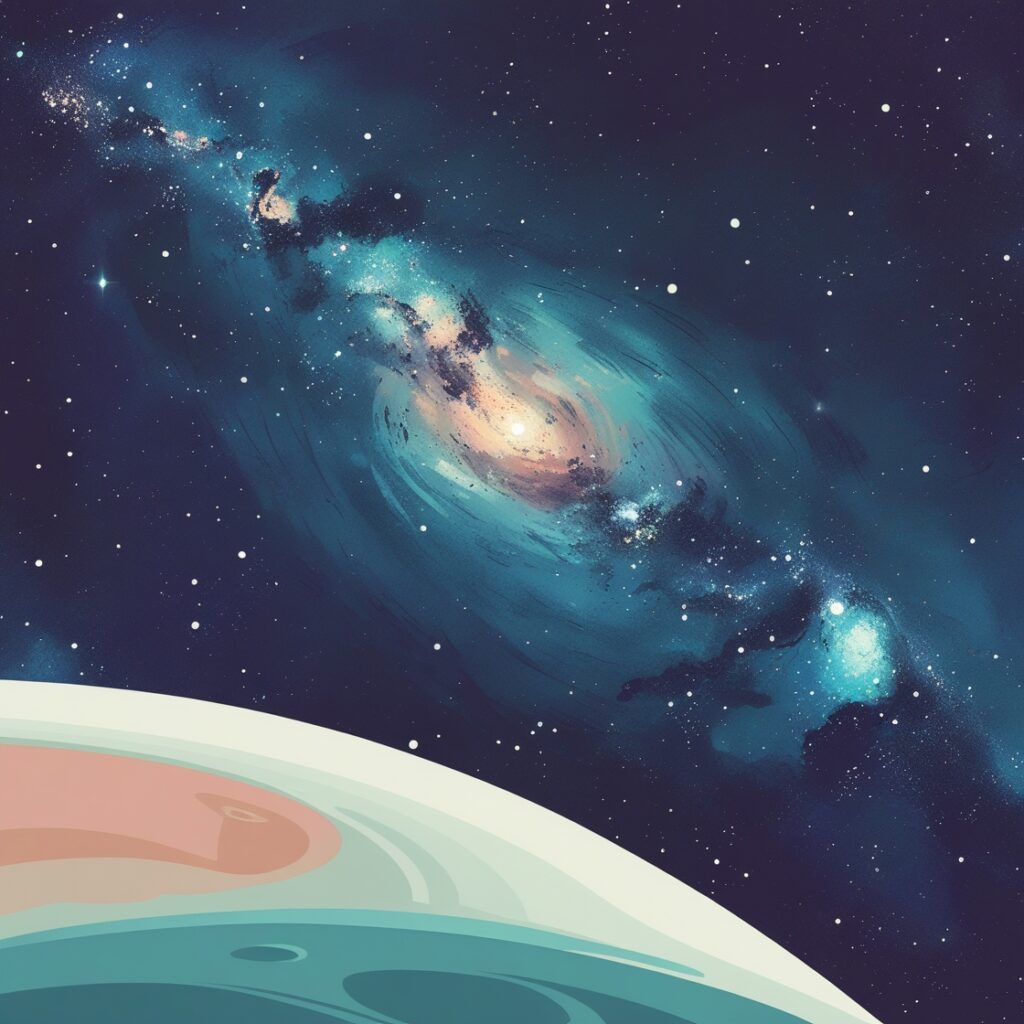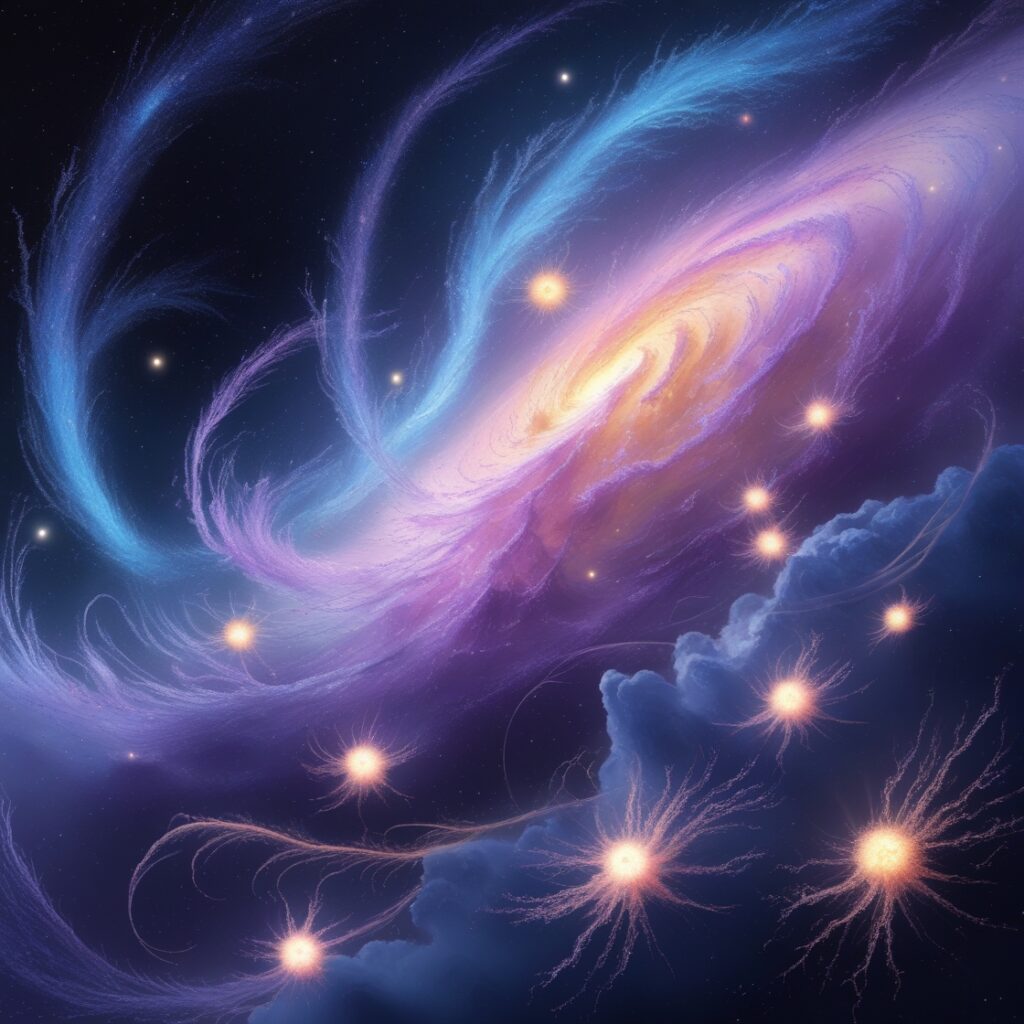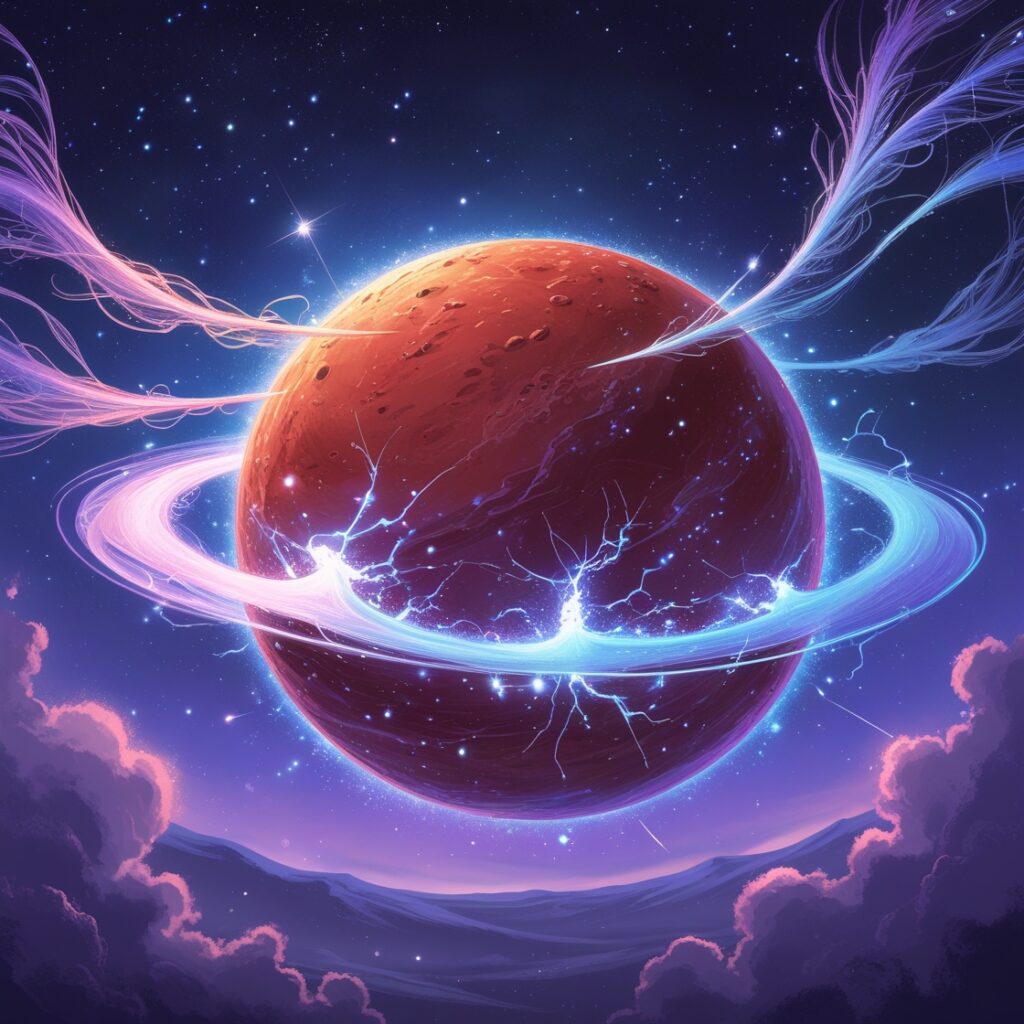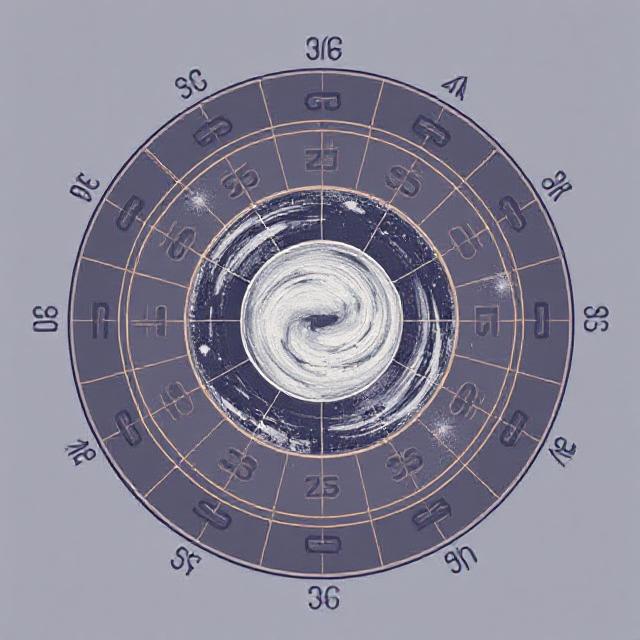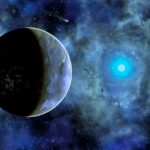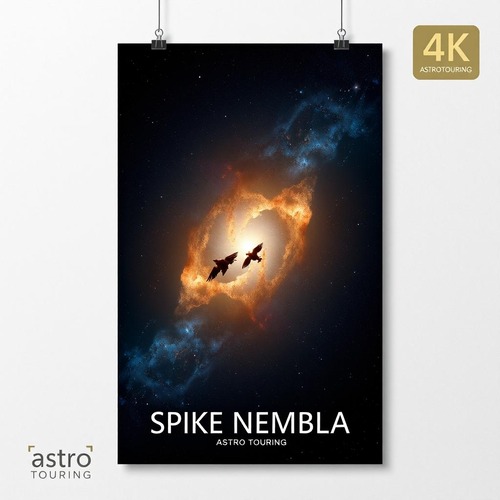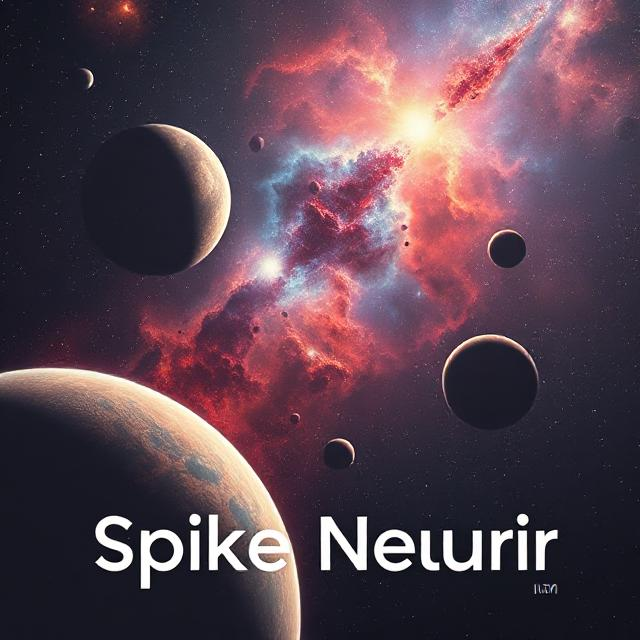Five Lesser-Known Stars You Should Keep an Eye On
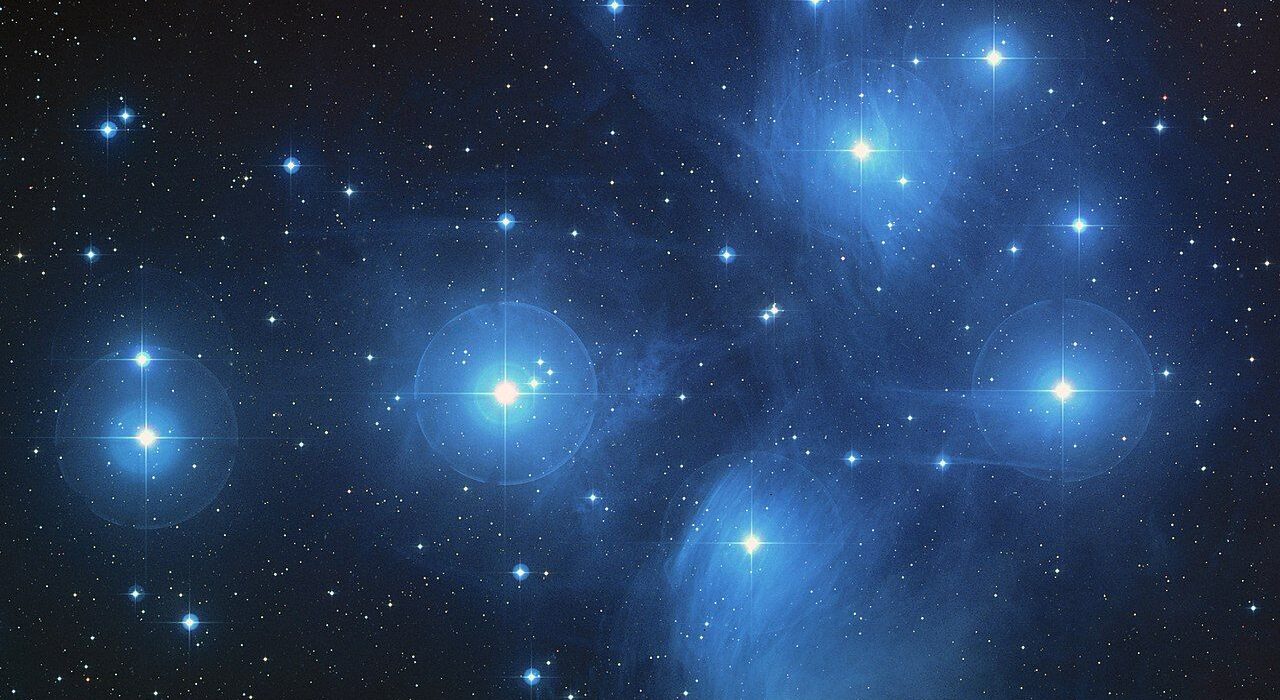

Unearthing the Hidden Gems of the Night Sky: Five Lesser-Known Stars
While many stars dazzle in the night sky, capturing the attention of amateur astronomers and casual stargazers alike, there exists a group of lesser-known stars that hold their own unique charm. These celestial bodies may not be as prominent as the well-celebrated stars, but they certainly have stories worth telling. Let’s delve into the lives of five such stars that deserve a spot on your stargazing checklist, even if they don’t bask in the limelight like their famous counterparts.
1. Procyon: The Bright Understudy
Nestled within the constellation of Canis Minor, Procyon stands out with a brightness of magnitude 0.4, making it the eighth brightest star in our sky. Despite its brilliance, Procyon often finds itself overshadowed by the nearby Sirius, the brightest star of them all, along with the illustrious Orion constellation featuring Betelgeuse and Rigel. However, Procyon is more than just a pretty face; it’s a binary star system located a mere 11.4 light-years from Earth. This fascinating duo consists of a white F5-class star accompanied by a white dwarf. If you’re keen on observing Procyon, remember that it has a limited time left, as it will eventually evolve into a red giant in the next 10 million to 100 million years.


2. Denebola: The Tail of Leo
Positioned at the tip of Leo’s tail, Denebola shines at a magnitude of 2.1. While it may not outshine the constellation’s main star, Regulus (magnitude 1.4), Denebola is still a remarkable star, 36 light-years from our planet and boasting a luminosity 12 times greater than that of our Sun. This white main sequence star often shares the sky with a bright planet or the Moon, making it a popular subject for astrophotographers. So, the next time you find yourself gazing at Leo, don’t forget to give Denebola the recognition it deserves.
3. Kochab: The Overlooked Companion
In the constellation of Ursa Minor lies Kochab, another captivating star shining with a magnitude of 2.1. Often overshadowed by the fame of Polaris, Kochab is indeed a gem in its own right. Although it shares a similar brightness to the pole star, this orange giant is 50 times larger than our Sun and radiates 500 times more luminosity. Despite its visibility even in light-polluted areas, Kochab is frequently mistaken for Polaris by those aligning their telescopes. Make it a point to appreciate Kochab next time you’re stargazing—it’s a star that certainly deserves a closer look.
4. Saiph: The Faint Light of Orion
Saiph, the lesser-known member of the Orion constellation, shines at a magnitude of 2.1, making it the faintest star outlined in the Hunter’s iconic shape. Flanked by the more luminous Betelgeuse and Rigel, Saiph is often neglected. However, this massive class B1 supergiant is 15 to 20 times the size of our Sun and emits around 60,000 times more light. Its dim appearance is simply due to its distance of 650 light-years from Earth. Don’t overlook this distant giant next time you admire Orion’s striking figure.
5. Alkaid: The Runaway Star
Alkaid, positioned at the end of the Big Dipper’s handle within Ursa Major, shines with a magnitude of 1.9, earning it the title of the 40th brightest star in our night sky. While Dubhe and Merak often steal the show as the Pointer Stars leading to Polaris, Alkaid is an intriguing character in its own right. This young, blue-white main sequence star is 700 times more luminous than the Sun. Interestingly, Alkaid is not part of the Ursa Major Moving Group; rather, it just appears to be due to its alignment from our perspective. In the distant future, it will drift away from the familiar shape of the Big Dipper, altering its appearance forever.
By taking the time to explore these lesser-known stars, you’ll enhance your stargazing experience and gain a deeper appreciation for the diverse wonders of the universe. Next time you look up at the night sky, remember to seek out these hidden gems that shine brightly, even if they aren’t the stars of the show!



